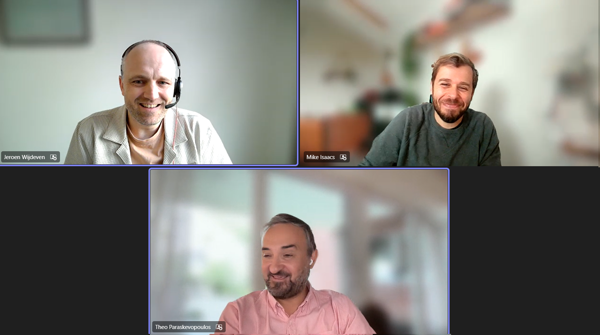Increasing advisor productivity whilst not compromising on service standards is an increasingly achievable goal. In fact, new sources of client insight can make their experience exponentially better even as firms scale up
The wealth management sector’s frenetic pace of M&A continues, particularly in highly competitive markets like the UK, where smaller firms are now feeling the need to join forces acutely. Compliance costs have spiralled and advisor compensation is tracking strongly up, making scale vital to profitability.
Whether they are pursuing the “bigger is better” route or not, firms need their advisor forces to scale up so that they can serve more clients without adding (increasingly expensive) headcount. And, with client books often running into the hundreds already, it is no wonder that front-office efficiency is a red hot topic.
Incumbents looking to do more with less cannot afford for this to engender diminished service, however - not with new entrants snapping at their heels and big tech driving personalisation expectations ever higher. But while technology might be part of the threat to traditional players, it is also a large part of the answer to it.
Fundamentally a people business and a high-touch one at that, wealth management was not quick to embrace technology. Yet the industry’s rapid digitalisation and the quest for efficiency are now very much extending to the front-office. The bottom-line boost available to both institutions and advisors themselves has proven too compelling to ignore.
Wealth Management 2.0
We are now edging ever closer to “Wealth Management 2.0”, where hybridisation of the best of man and machine will simultaneously lower costs and boost service standards. Underlying it all is a commitment to seriously mining all the data gold that wealth managers have - or rather can have - at their disposal.
In “Wealth Management 2.0” the hybridisation of the best of man and machine will lower costs and boost service
Gone are the days when relationship managers were the central repositories of client information. Institutions are rightly using technology to institutionalise relationships and make it so that “white glove” service doesn’t have to be laboriously achieved by hand.
So, what are forward-thinking firms doing to maximise advisor productivity and client satisfaction? In short, they are investing in sophisticated CRM systems and communications tools that bring them closer to the fabled “single view of the client” the industry has chased for so long.
Drinking deep from the data font
This is about so much more than just effectively capturing, storing and generating actionable insights from information hitherto lodged in advisors’ heads. As clients have enthusiastically embraced digital in financial services, new vistas have opened up.
Firms are increasingly using client portals as relationship hubs offering portfolio information, thought-leadership content and omnichannel communication options. The depth and customisability of these platforms are giving back undreamt-of riches in client insight.
Beyond enhancing the client experience by personalising what investors get from their portals, the real leaders are drinking deep from the data font by analysing their behaviour while using them too. They are reading the patterns indicating clients are worried (or even at risk) to ensure advisors are always on the front foot in reaching out and making recommendations.
Digital leaders are drinking deep from the data font by analysing investor's behaviour
And, as well as enhancing client satisfaction, they are uncovering abundant opportunities to up and cross-sell too. Advisors may be fact-finders extraordinaire, but no one person can have a complete picture of what all their clients are thinking – and feeling – all of the time. Analysing investors’ digital habits in combination with what advisors know brings us ever closer to that goal.
Wealth managers must resist pressure to dumb down their service standards, but rather elevate them ever higher as they scale up. This is not the impossible task it seems, but to do so every opportunity to glean precious client insight must be leveraged – and from as many sources as possible.





